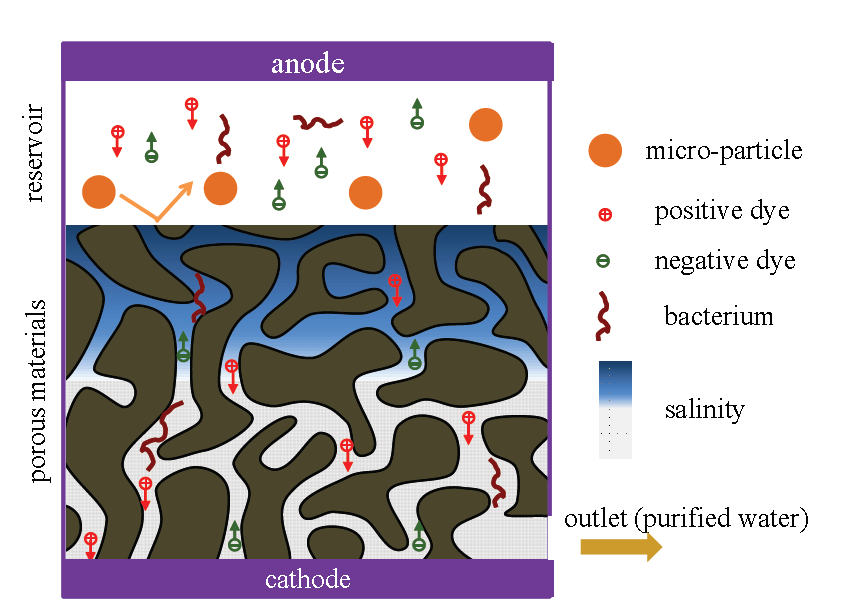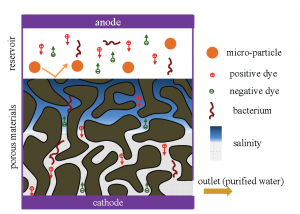February 13, 2014 – Steam distillation and reverse osmosis are the common ways we desalinate water today. The former is energy intensive. The latter is limited in terms of volume of production by the rate of exchange through commonly used osmotic membranes. But with the increasing freshwater scarcity here on Earth we rely on these less than perfect technologies.
So what if we could come up with a better technology that was less energy intensive and cheaper to operate? Well it seems that researchers at Massachusetts Institute of Technology (MIT) may have done just that. The technology they are using is called shock electrodialysis.
Shock electrodialysis works a bit like reverse osmosis. It uses a membrane through which sodium and chlorine ions pass when in the presence of an electrical charge. This leaves fresh, purified water on one side and the sodium and chlorine on the other. In reverse osmosis there is an equivalent molecular exchange but not at the rate of shock electrodialysis which deals with much larger volumes of water.
The downside of this desalinization process is, however, that impurities remain in the separated freshwater making the water unfit for human consumption. So additional filtration has been needed when using electrodialysis in the past to ensure that freshwater garnered this way can be made safe to drink. But that extra stage in the process added complexity and cost.
The scientists at MIT recognized they needed to make electrodialysis more effective so they created a new twist. Using a membrane of porous solid made from glass they could not only convert salt water to fresh but also eliminate dirt and bacterial impurities. The pore sizes in the membrane they created are 0.5 micrometers. Dirt cannot pass. And the electroshock kills 99% of the bacteria. The combination of filtration, separation and disinfection and deionization makes this a very promising alternative technology for efficient water purification systems and may prove to be revolutionary. Now the challenge will be to scale from the laboratory to a commercial desalinization plant.













